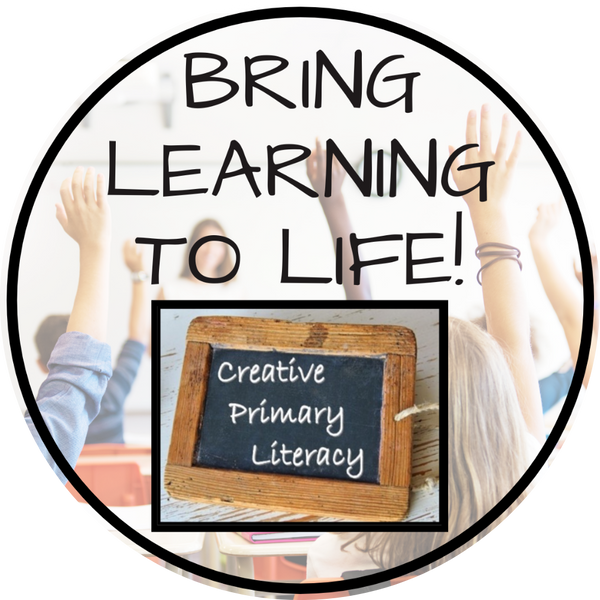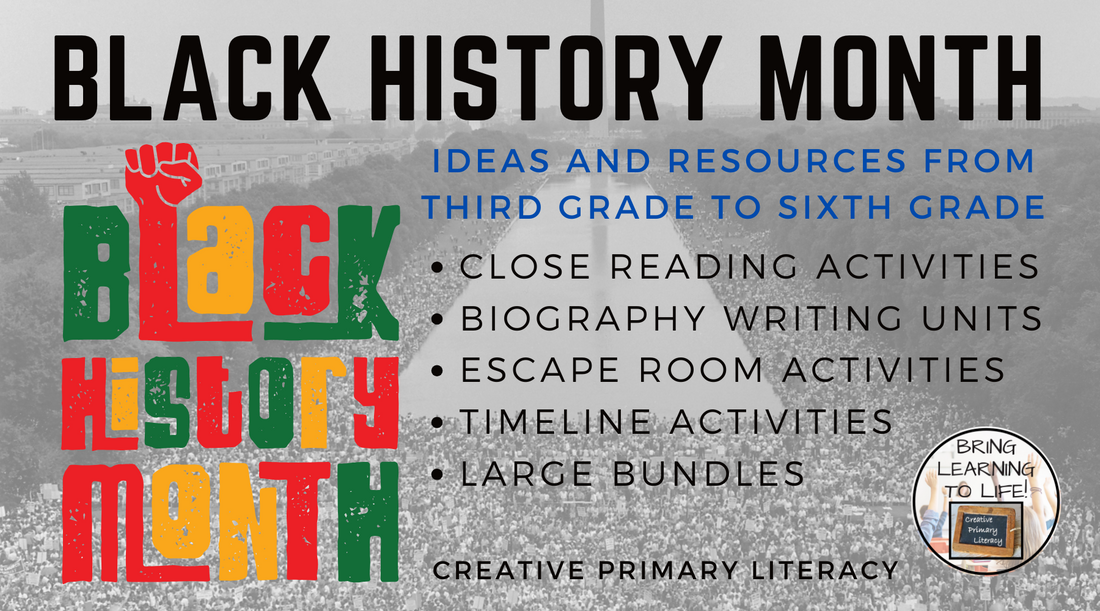Black History Month is a meaningful time to teach students about the rich history, culture, and contributions of Black individuals in the United States and beyond. As teachers of third to sixth graders, we have the opportunity to introduce young learners to inspiring figures who have shaped history. By incorporating engaging activities, discussions, and meaningful stories, we can help students develop an appreciation for Black history all year long.
Exploring the Legacy of Civil Rights Leaders
One of the most impactful ways to teach during Black History Month is by discussing Dr. Martin Luther King Jr., whose leadership in the Civil Rights Movement helped bring equality to millions of people. His famous "I Have a Dream" speech is a powerful way to introduce students to the fight for justice. Another key figure is Malcolm X, who advocated for Black empowerment and civil rights in a different but equally important way. Comparing these two leaders can help students understand different approaches to achieving equality. Rosa Parks is also an important figure to highlight. Her refusal to give up her bus seat to a white passenger sparked the Montgomery Bus Boycott, a key event in the movement for racial equality. These civil rights icons inspire students to think about fairness, courage, and the power of standing up for what is right. Click the picture below for some potential resources and ideas about the Civil Rights Movement.
Celebrating Inventors and Scientists
Many students love learning about inventors and innovators, making George Washington Carver a great person to introduce. Carver was a scientist and agricultural expert who discovered over 300 uses for peanuts and helped farmers improve soil conditions. His dedication to education and innovation changed agriculture in the United States. Another fascinating figure is Katherine Johnson, a NASA mathematician who helped send astronauts to space. Her work was essential to the Apollo missions, and she broke barriers for Black women in science. Engaging students in hands-on STEM activities related to these inventors can make learning Black history interactive and exciting. Click the pictures below for close reading activities about the famous figures.
Recognizing the Contributions of Artists and Athletes
Art, music, and sports are powerful ways to connect students to Black history. In sports, Serena Williams is a legendary tennis player who broke records and inspired young athletes around the world. Discussing her achievements can help students explore themes of perseverance, discipline, and leadership. Similarly, Jackie Robinson broke the color barrier in Major League Baseball, paving the way for future athletes of all backgrounds. Reading his story helps students understand how sports can be a platform for change. Click the pictures below for close reading activities about the famous sport stars.
Encouraging Future Leaders Through Black History
Teaching Black History Month should not only focus on the past but also highlight modern leaders. Figures like Barack Obama, the first Black U.S. president, and Kamala Harris, the first Black and South Asian woman vice president, show students that they can dream big and achieve great things. Discussing present-day role models can inspire students to take action in their own communities. Click the pictures below for close reading activities about the famous political figures.




By incorporating these influential figures into your lessons, you provide students with a well-rounded understanding of Black history. Whether through storytelling, discussions, art, or STEM projects, you can make this month an enriching experience for every student. Let’s celebrate Black history not just in February, but all year long! For hundreds more resources about famous Black figures from history click on the picture below.
For 1000s more resources and ideas check out Creative Primary Literacy!











